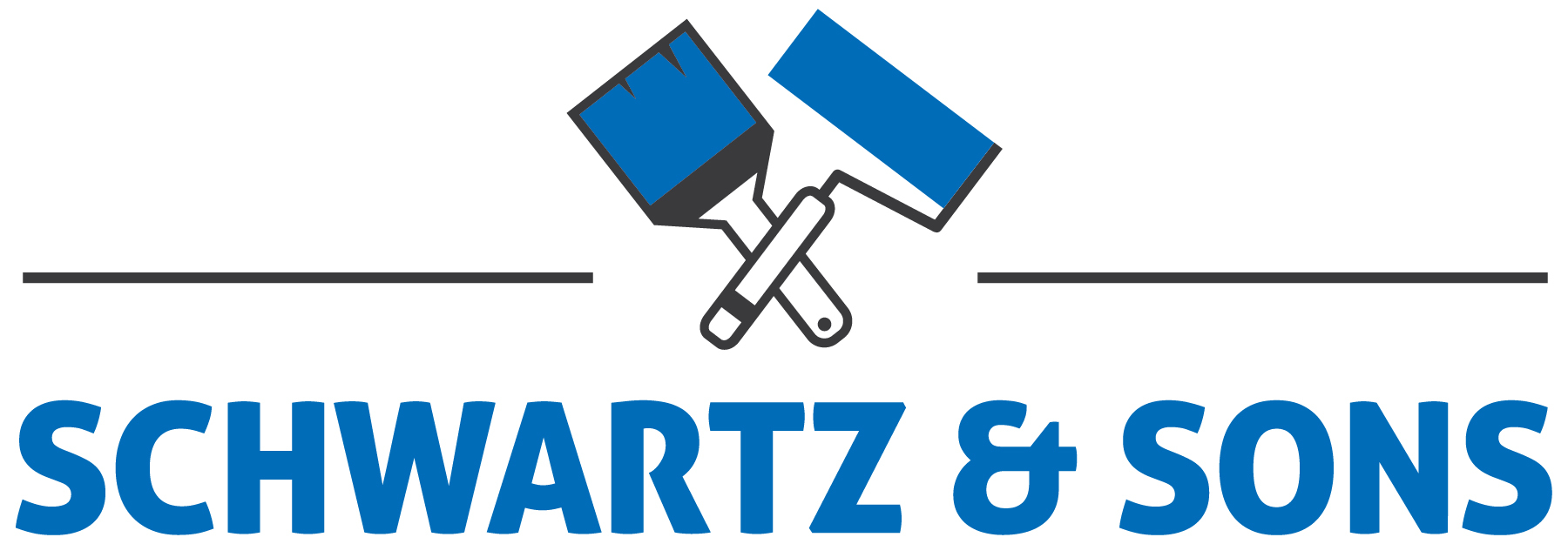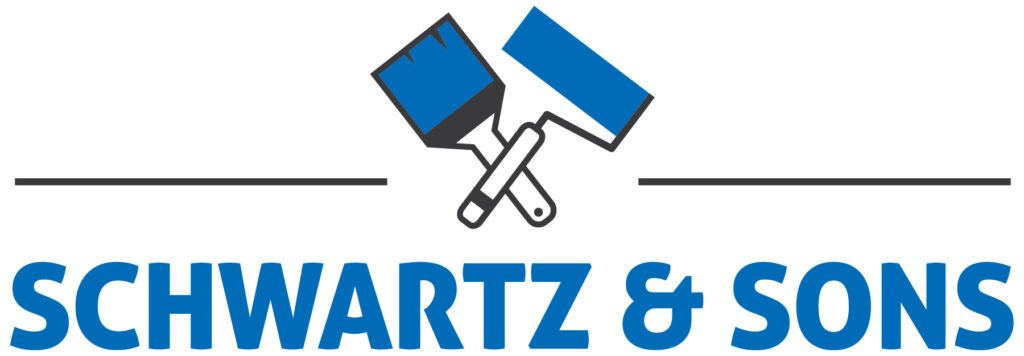To Remove Lead Paint or Encapsulate It?
If you own commercial property in Minnesota, particularly one built before 1978, there’s a good chance lead paint is hiding beneath those layers of “modern” color. Maybe you’ve noticed peeling paint and thought, “Is this a problem I can just paint over?” Well, the answer isn’t as simple as grabbing a roller and calling it a day. If lead-based paint is present, you have two primary options: encapsulation or complete removal. Both have their pros and cons, and knowing which is right for your building depends on a few key factors.
What Is Lead Paint Encapsulation? (And No, It’s Not Just Painting Over It)
Encapsulation is often confused with simply painting over lead-based paint. But slapping on a fresh coat of latex won’t cut it. Proper encapsulation involves using specialized sealants designed to bond with the lead paint and create a durable barrier. There are three main types:
- Epoxy-based encapsulants – Extremely strong and durable.
- Polymer-based encapsulants – Flexible and effective for wood surfaces.
- Cementitious encapsulants – Ideal for masonry and concrete structures.
While encapsulation is generally more affordable than full lead removal, it isn’t a one-and-done solution. It requires ongoing monitoring to ensure it remains intact. If the encapsulated surface starts peeling, cracking, or blistering, it becomes a hazard all over again.
Is Encapsulation Always the Better Choice?
Encapsulation sounds great in theory, but it’s not always the best solution. Here’s when it might not work:
- The paint is already peeling – If the lead-based paint is flaking off, encapsulation won’t hold. You can’t seal in something that’s already falling apart.
- High-friction areas – Windowsills, door frames, and floors experience too much wear and tear for encapsulation to last long.
- Moisture-prone surfaces – Encapsulation materials don’t hold up well in damp environments, so if your property has water damage, you’re asking for trouble.
If your building has any of these issues, full removal is likely the safer and more effective choice.
Why Lead Paint Is a Serious Concern
Lead-based paint doesn’t just pose a risk when it’s visibly damaged. Even minor disturbances—like drilling a hole to hang a sign—can release dangerous lead dust. The health risks are well-documented and include:
- Children & Pregnant Women: Lead exposure can cause developmental delays, behavioral issues, and long-term neurological damage.
- Adults: High blood pressure, kidney damage, and reproductive issues.
If your property houses businesses, tenants, or customers, ensuring it’s lead-safe isn’t just a good idea—it’s a liability concern.
Following EPA Guidelines: Non-Negotiable
Encapsulation and removal both require strict adherence to EPA (Environmental Protection Agency) and OSHA (Occupational Safety and Health Administration) regulations. If your building is undergoing renovations, you’ll need an EPA-certified lead-safe contractor to handle the work legally and safely. Attempting a DIY fix or hiring an uncertified painter can lead to hefty fines—and worse, potential health risks for those in the building.
The Role of RRP (Repair, Renovation, and Painting)
At Schwartz & Sons Painting, we specialize in RRP-certified lead paint work in Minnesota. This process involves carefully disturbing lead-based paint in a controlled manner, often as part of aesthetic renovations or minor repairs. While RRP doesn’t eliminate lead hazards completely, it stabilizes deteriorating surfaces and minimizes risks.
If your building is showing signs of lead paint failure, it’s crucial to address it sooner rather than later. Delaying action only increases the likelihood of costly remediation down the road.
So, What’s the Best Option for Your Property?
If your building has lead-based paint, you need a plan. Whether encapsulation or removal is the best approach depends on the current state of the paint, the function of the space, and your long-term property goals. But one thing is certain: ignoring the issue isn’t an option.
Don’t wait until lead exposure becomes a bigger problem. Contact us today for a consultation, and let’s get your building on the path to being safe, compliant, and lead-free.

